toda embroidery

The Todas are almost certainly the oldest surviving inhabitants of the upper Nilgiri Plateau of south India. They are a small pastoral community who live in settlements consisting of three to seven small thatched houses, constructed in the shape of half-barrels.
The Todas traditionally traded dairy products with other communities in the Nilgiris. The Todas’ traditional culture has revolved around their buffalo herds. There are six heirarchically-ordered grades of sacred buffalo, whose milk is processed in specifically designated dairy temples.
Like any other tribes in India, Todas have a distinctive style of clothing which are embroidered and worn both by men and women. The women in the community have inherited the skill of intricate embroidery which stands out for its complexity and aesthetic superiority.
Hand embroidered to perfection, the community has been maneuvering with this traditional method of embroidery where every single pattern is unique!

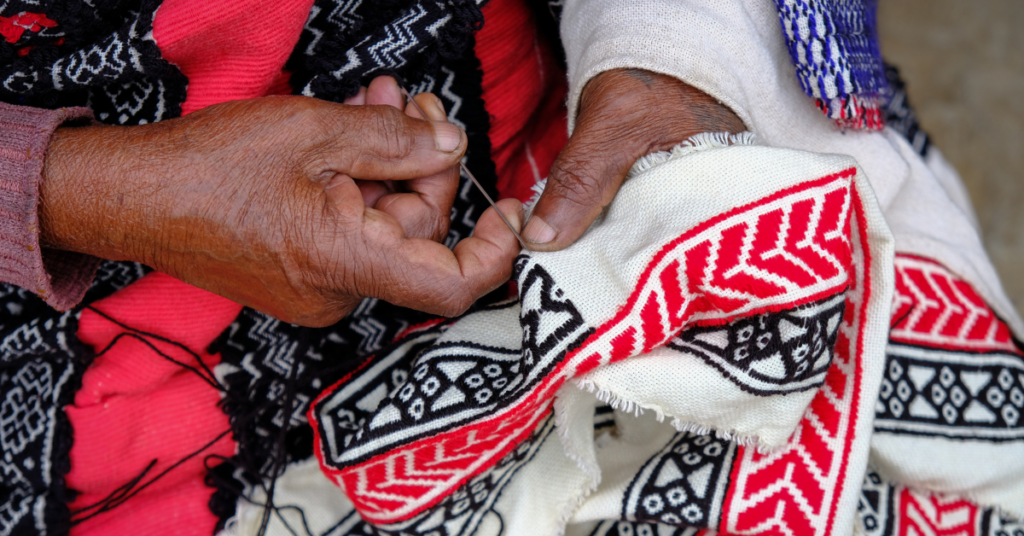

Toda embroidery is a strong cultural identity of the Toda people in the Nilgiri Biosphere Reserve and signifies the exchange of products and services. Initially community struggled to meet the demands of the market without compromising the cultural symbolism of their craft. In 2008, Keystone Foundation worked extensively to bring this artform under Geographic Indication (GI) and finally in 2013, it successfully advocated for getting the GI mark.
A geographical indication (GI) is a name or sign used on certain products which correspond to a specific geographical location or origin (e.g. a town, region, or a country). The use of GI may act as a certification that the product possesses certain qualities, is made according to traditional methods or enjoys a certain reputation, due to its geographical origin.
Toda embroidery is among the most visible expressions of the community’s artistic heritage. It is an exclusively female activity. The origin of the embroidery known as Pugur (or flower) in the native tongue is yet to be established, but it reflects the influence of European settlers in the thirteenth and fourteenth centuries.
The distinctive feature of the embroidery is that the patterns are based on thread counts unlike modern embroidery which is dependent on set patterns and drawings. The indigenous Toda women skillfully embroider patterns with geometric precision without any external aids such as scales or patterns. Another feature of this technique that distinguishes it from modern embroidery is that the reverse side is equally beautiful with no tell-tale signs of hanging threads and knots.
The embroidery is done on specific fabrics with specific colours. The primary colours used are red and black on white or off-white base. The colours symbolize cultural Toda beliefs: the base white indicates purity and innocence; red depicts adolescence and youth; and black depicts maturity.
Traditionally, the handwoven base cloth and threads were supplied by ‘Chettiars’ (merchant community) who brought the material from the plains. Matted and loosely woven cotton fabric is used as this facilitates the counting of woven threads.
Today, the Todas have adapted to changes in the textile industry and now use base material produced by power looms, two-ply woolen thread for the embroidery and factory produced needles which are available in the Nilgiri markets.
Nowadays, blue thread has become popular too.
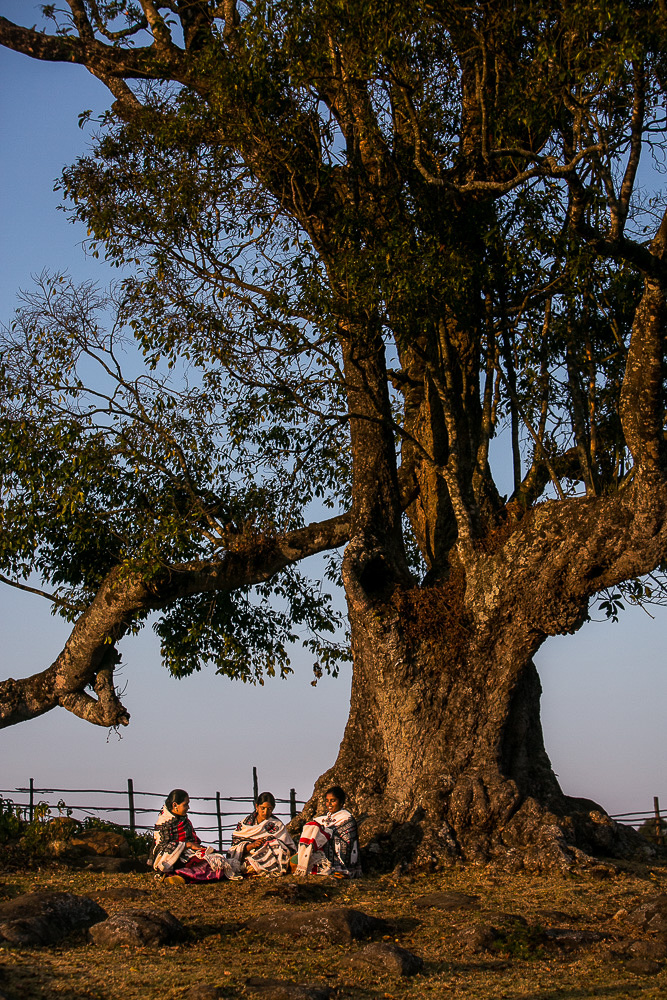
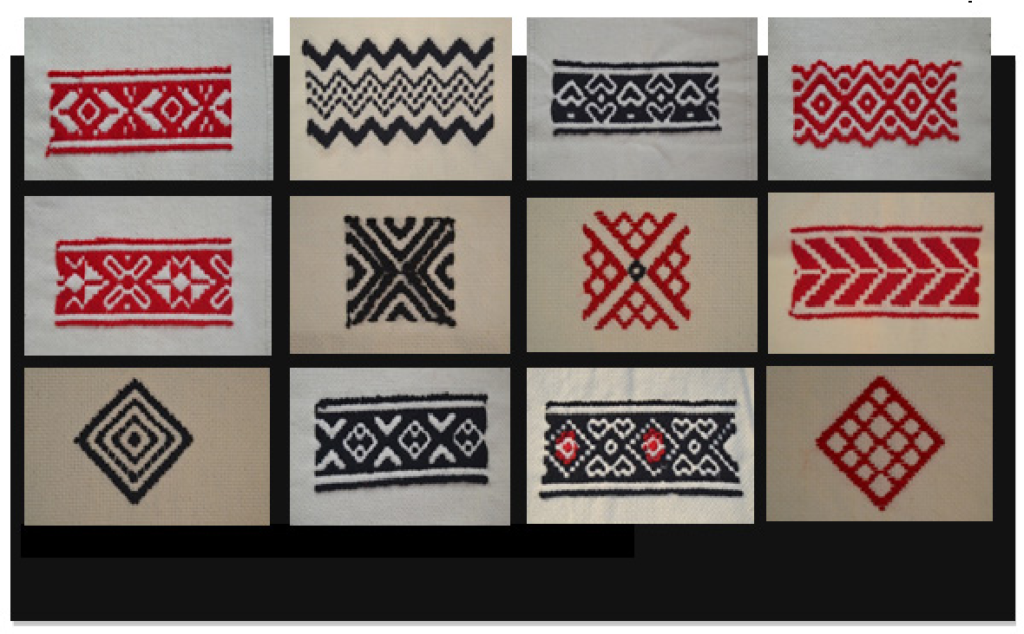
There are no pattern books for Toda embroidery. The patterns reflect the creativity of the Toda woman who conjures up a pattern in her mind and transfers it to a piece of cloth. Most inspiration is derived from nature, daily activities and mythological stories. The buffalo horn is an important motif because the buffalo is sacred to the Todas. Other motifs used are the sun, moon, stars, flowers, mountains, valleys, snakes and rabbits. Each motif has a name.
Last Forest works with the Toda community of the Nilgiris to develop and market a range of contemporary lifestyle products applying the traditional techniques of Toda embroidery. Hand embroidered to perfection, the community has been maneuvering with this traditional method of embroidery where every single pattern is unique!
As the artform has a Geographical Indication in place, the design solely belongs to the Toda community and cannot be replicated by anyone else. Only a few women belonging to the community are involved in the embroidery process, making this a part of cultural history!
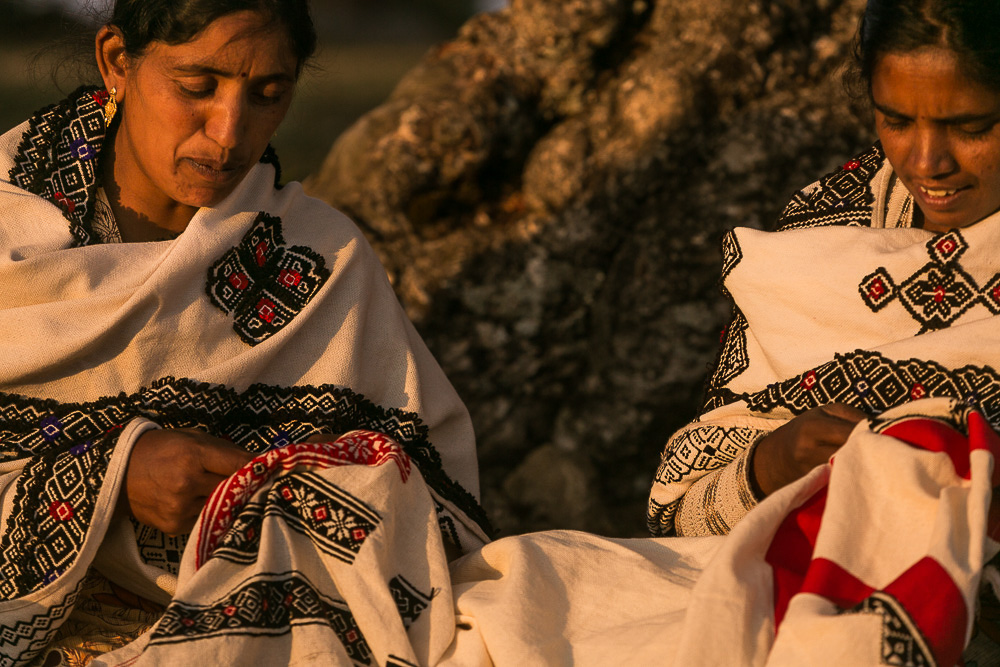
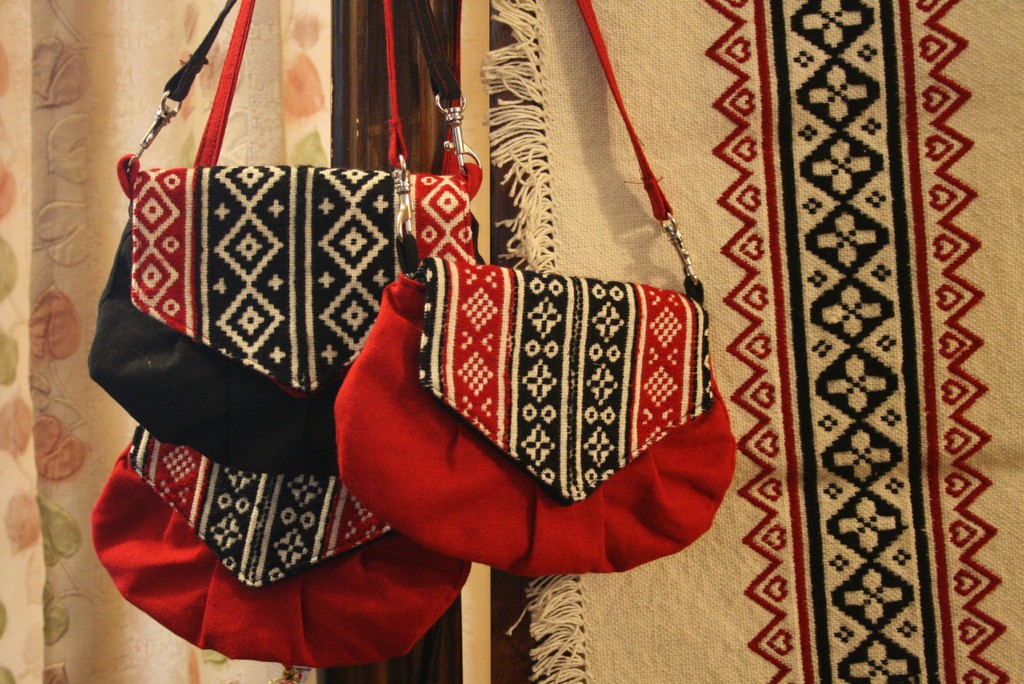
Our range of Toda embroidery products include practical fashion accessories such as purses, pen cases, spectacle cases, shopping bags, and iPad sleeves. In addition to that, you can find home accessories like cushion covers and wall hangings, as well as stoles and shawls for personal use!
Each product is unique, and the patterns on the products are rarely replicated since they are handmade. The uniqueness of each product is what makes it even more beautiful!
FAQs about Toda Embroidery
Toda embroidery is a traditional form of hand embroidery practiced by the Toda indigenous community in the Nilgiri Hills of Tamil Nadu, India. It involves the creation of intricate geometric patterns and motifs on shawls and other textile items.
Toda embroidery has ancient origins dating back centuries. It is an integral part of Toda culture and is believed to have been passed down through generations.
Toda embroidery is known for its distinctive motifs, including angular and geometric designs, small circles, squares, and lines. The use of red and black threads is common in their embroidery work.
Toda embroidery primarily uses woolen threads in various colors. The base fabric is typically white or off-white. Needles used are often long and thin to facilitate the intricate work.
Traditionally, Toda embroidery predominantly uses red and black threads and sometimes blue threads on a white background.
Toda embroidery involves two main stitches: the running stitch and the cross-stitch. These stitches are used to create the intricate geometric patterns seen in Toda shawls and other textile items.
Toda embroidery is primarily used to embellish shawls, which are an integral part of Toda attire. These shawls are highly prized for their intricate embroidery.
Toda embroidery holds immense cultural significance among the Toda community. It is not only a form of artistic expression but also represents the identity and cultural heritage of the Toda people.
To support the preservation of Toda embroidery and the Toda community, consider purchasing authentic Toda embroidered products from sources that directly benefit the community. Additionally, raising awareness about Toda culture and its unique embroidery traditions can contribute to their preservation. The Toda embroidery of the Nilgiris is Geographical Indication (GI) certified, meaning the design of the Toda embroidery cannot be replicated by anyone else.
Modernization and tourism have both positive and negative impacts on Toda culture. While tourism can provide economic opportunities, it can also lead to commercialization and the dilution of traditional practices. Efforts are being made to balance these influences while preserving Toda heritage.
